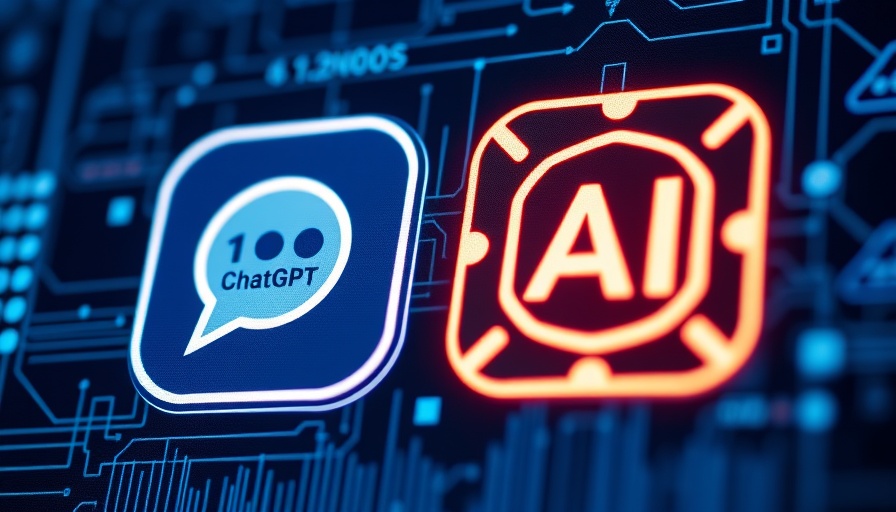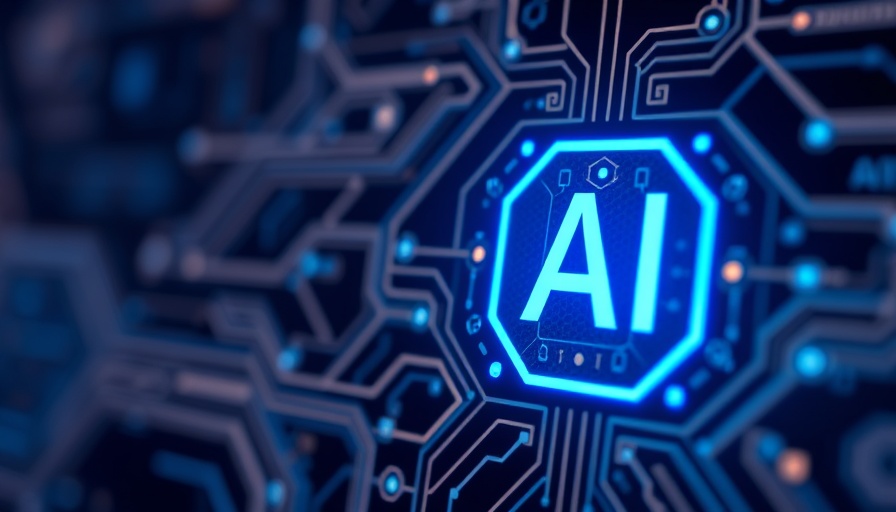
The AI Job Debate: Understanding the Myths and Realities
The ongoing conversation about artificial intelligence (AI) dramatically altering the job landscape has reached a critical juncture. It seems that discussions around AI and job displacement are often fraught with misunderstanding and exaggeration. Many people fear that AI will render numerous jobs obsolete, while others downplay the issue, believing it will create new opportunities. To navigate this discourse effectively, it’s essential to scrutinize both sides of the argument.
Historical Context: The Evolution of Work and AI
Historically, technological advancements have reshaped the job market. For instance, the industrial revolution phased out certain manual jobs while simultaneously giving rise to entirely new industries and positions. AI is no different, and understanding this pattern can help us appreciate its impact in a more balanced light. By looking back, we see that change is often uncomfortable, but it can lead to growth and innovation.
Social Connection: Why This Matters to Us All
This debate is not just an academic exercise; it has real implications for workers across various sectors. Discussions adopted by policymakers influence employment regulations and labor practices. It's crucial that the dialogue around AI and labor unions, working conditions, and even mental health at work remains active, as these are areas most affected by AI advancements.
Parallel Example: The Shift from Horses to Cars in Transportation
Consider how the introduction of cars rendered horse-drawn carriages obsolete. Initially, there were many fears over job losses for drivers and stable hands. However, vehicles also created new opportunities in maintenance, logistics, and transportation networks. Drawing parallels to AI, one might argue that while certain roles will fade, new types of jobs we can’t yet foresee are set to emerge, shifting the focus to skills training and education.
Future Predictions: Job Creation vs. Job Displacement
Experts offer mixed predictions regarding AI's overall effect on employment. Some expect a catastrophic loss of jobs, while others claim that AI could create as many jobs as it displaces. The World Economic Forum has suggested that AI could displace 85 million jobs by 2025, but it could also create 97 million new roles. This uncertainty highlights the need for education and reskilling, ensuring that the workforce is equipped to transition into roles that leverage AI technologies.
Counterarguments: Exploring Diverse Perspectives
It’s essential to include voices that argue against the narrative of AI-induced unemployment. Many business leaders and advocates for technology assert that AI can boost productivity and help organizations thrive, leading to job growth in the process. It raises an interesting point: if companies can save on operational costs through AI, they might invest those savings into expansion and hiring, thus creating new jobs.
Relevance to Current Events: The Present Challenges of AI Integration
Currently, the rapid pace of AI development poses real challenges. Workers may feel pressured to adapt quickly to changing technologies, often leading to job-related stress and mental health issues. Workplace toxicity can increase as employees grapple with the fear of job loss and rapid changes. Hence, facilitating healthy work environments where employees feel safe to discuss these changes is crucial.
Beneath the Surface: Unique Benefits of Understanding AI's Impact
Grasping the implications of AI on the job landscape empowers individuals and organizations alike. Knowledge of potential job transformations fosters adaptability and resilience in workers, which is essential in a fast-evolving job market. When individuals understand these changes, they can actively participate in their professional development instead of feeling victimized by external circumstances.
Decisions to Make: Strategies to Prepare for the Future
In light of these predictions, what actionable steps can both individuals and organizations take? Investing in lifelong learning, focusing on developing social skills and emotional intelligence, and advocating for AI literacy programs can prepare the workforce for an AI-driven future. Hiring practices may need to shift, emphasizing collaboration between humans and machines.
Conclusion: The Mindset Shift Needed to Embrace Change
As the dialogue around AI and its effects on employment continues, it becomes imperative to promote a mindset of adaptability and learning. By engaging in thoughtful discussions, considering diverse perspectives, and making conscious decisions about our professional development, we can temper the fears surrounding AI and embrace the opportunities that technology presents. Change can be daunting, but it also offers the potential for positive evolution within our work environments.
 Add Row
Add Row  Add
Add 




 Add Row
Add Row  Add
Add 

Write A Comment